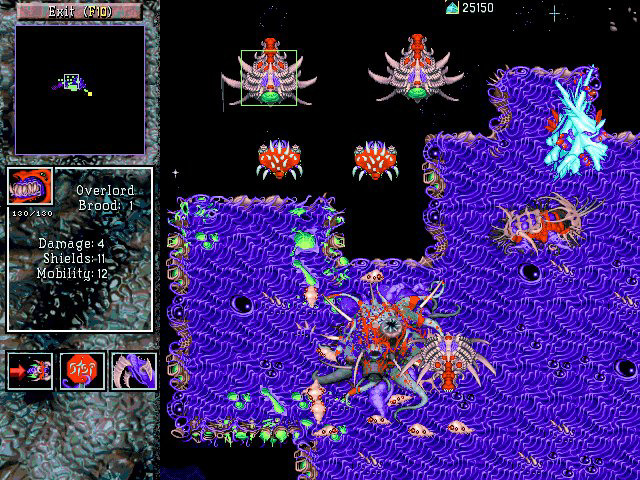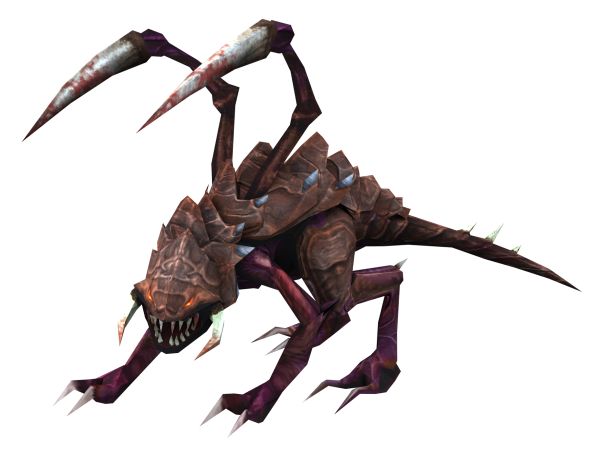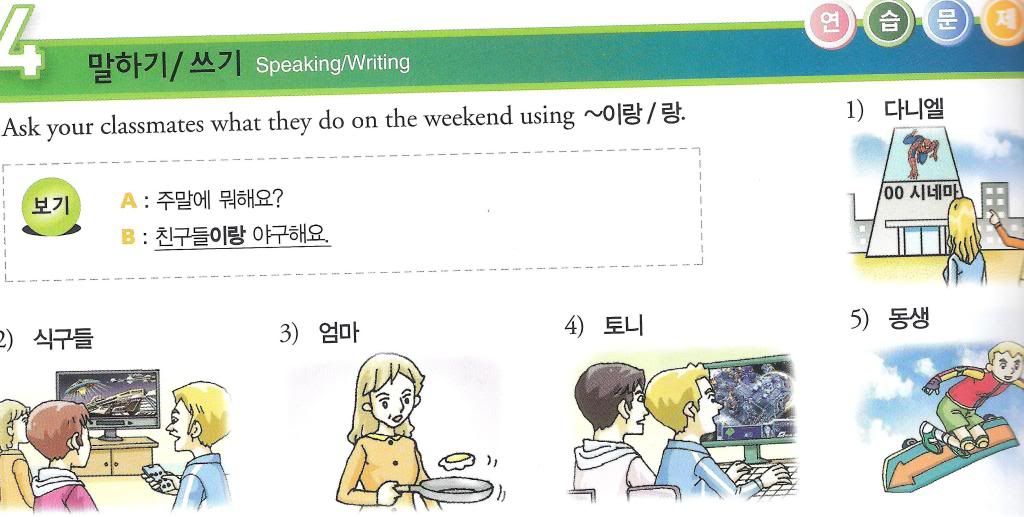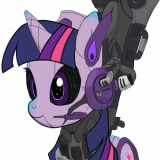The History of Starcraft Part 1: How It All Began!
By TheMasterWhooves 4 Comments
When it comes to RTS games, StarCraft has made quite the impact, especially when it comes to the competitive scene. I myself have been quite the casual fan because I was quite interested in the lore behind the games at the time. So to show my love for the franchise, I think it's high time we look back into it's history.....
Let's start with the beginning.
It all started with one other game Blizzard had made, its flagship franchise: Warcraft! To be more precise, Warcraft II: Tides of Darkness. That game had improved upon it's predecessor, Warcraft: Orcs and Humans and its competitor: Command and Conquer. From being the first RTS to actually have 640x480 resolution through "super VGA graphics", and it had really addicting gameplay. And what better way to enjoy the game than to play against your friends. While Warcraft II may have had LAN support for up to 8 players, it did not have true online play. Fans of the game however made a workaround to that in the form of a software called Kali, which is a service that lets people connect to a server online without considering it an international call (this was made back when dial-up was all we had) for a fee. Regardless, Warcraft II's multiplayer via Kali brought forth a really strong community and they made its share of competitive ladders. It was also the first RTS game to introduce the idea of custom maps through the use of programs like Puddraft or War2xEd, which went right in Warcraft II's code and it gave modders the tools they need to customize the maps to however they want. These tools were so popular that Blizzard eventually would use similar tools in their future strategy games. However, if there was any shortcoming Warcraft II had, it was diversity amongst it's factions, not in terms of what skills each faction had, but rather the way they are played. In a way, both the Alliance and Horde factions played almost the same except the Horde had a bigger advantage, which leads to issues in terms of balance.
In 1995, after Warcraft 2's success, Blizzard worked on their new game: Starcraft, while Blizzard North, formerly Condor Games, worked on a brand new IP called Diablo. By using the same engine that powered Tides of Darkness as their basis, they showed off what their project looked like in E3 1996. What did it look like? Well......

MAI EEEEEEEEYYYYYYEEESSSSS!!!!!!!!
Yeah, it looked reaaaalllly ugly. And many who attended E3 thought so as well. People criticized it for being called "Warcraft In Space" as it did not look too different from Warcraft II, just a different coat of paint and they shifted their focus on Diablo (which was well received, of course).
Because of negative response they received at E3, the Blizzard team behind the development of Starcraft needed more time to completely rewrite the game engine from the ground up. Not only did they aim to improve the game's graphics, but the gameplay as well. They worked to add more variety to each unit from their respective factions. However, development was slow at the time that fans that have been eagerly waiting for the new game formed a group on the Blizzard forums called Operation Can't Wait Any Longer, which caught Blizzard's eye that they were referenced in the final product through a cheat code called "operationcwal" which was meant to speed up the construction process in the game. In addition, they added the "thereisnocowlevel" cheat code in reference to the Diablo myth about a secret cow level, which was made official through an actual level in Diablo II.
To add more to the trivia, there was some issues with the name of the game. You see, Starcraft was also the name of a line of car by GM at the time, so they had to change it slightly by capitalizing the letter C, hence "StarCraft".

THIS IS STARCRAFT!? O-o
Before finally releasing Starcraft to the general public, they needed to clear out some bugs first. So they released a beta of the game to 1,000 lucky people, which has grown pretty standard these days but back then, releasing a beta to those that were not playtesters was quite a rarity especially in a video game. It was usually operating systems like Windows 95 that had beta versions released before the final product was out. The beta-testers tried out the game, competed in the ladder and provided as much feedback towards the game to ensure that it's multiplayer would be as balanced as ever. For instance, the Zerg Queen wasn't originally going to be a caster unit, but rather a really powerful version of the Mutalisk, where it can fire off Glaive Wurms in addition to spawning Broodlings and there was also the Protoss Archon which used to have the ability to mind control.

After the playtesting has been done, it's finally time to release the damn game. The common release date for most games was during the Christmas season. Confident in their product, Blizzard released the game on March 31st 1998 believing that it would succeed at any period. And by God, they are right as the game had been universally well-received by gamers and reviewers alike.
It had everything an RTS should be and it brought something new to the table. Let's start with the campaign:
Unlike most RTS games where you play both factions and their storyline is so contradicting with the other that you can't tell which is canonical, StarCraft's storytelling was more unique as to each faction storyline ties into the other in a similar manner as a chapter. You start out with the Terran's campaign, which tells the story of how Marshall James Raynor and Arcturus Mengsk formed a rebellion against the Confederacy known as the Sons of Korhal, the Zerg campaign, where you play a cerebrate under the command of the Overmind where you assault the Protoss homeworld of Aiur so that the Overmind himself can infest the planet and make it his own, and finally the Protoss campaign where they try to take back their home from the Zerg while trying to dispute amongst themselves in terms of following their Templar ways.
In terms of presentation, StarCraft was a fine looking game. It not only had really good graphics for the time, but it had other staples from its other games like the use of cinematic cutscenes, to talking units and various scripting events throughout the campaign.
Gameplay-wise, it was extremely fresh. Each faction plays completely different from one another. You got :

The Terrans, the human race who specializes in having superior firepower and movable structures.

The Protoss, an alien race where their warfare involves using Psionic powers and extremely advanced technology.

And the Zerg, a feral race while weak, can easily overpower their enemies through numbers and speed. And the game wasn't all just about searching and destroying everything in the campaign, as you complete various objectives in a similar fashion of an RPG.
And then....there was multiplayer. While not the first Blizzard game to have this feature, StarCraft was the first RTS to have a fully integrated Battle.net system were gamers can no longer rely on 3rd party software to find games as they can just simply log into Bnet, find a match and thats it. On top of that, it took a leaf out of the 3rd party map makers from Warcraft II and developed their own map editor for modders to use in case they want to get creative and make brand new maps on Bnet. Some were so popular that they got spotlights on gaming magazines.
While people had some fun with the game, it also had its share of frustration such as the Zerg being the only race that not only have cheap structures to make, but they can be built faster, leading to instantly spawning zerglings to take down the opposing faction as quickly as possible, hence the meme ZERG RUSH! One other downside to this game was that this was still the age where dial-up was the only way to use the Internet, and other than the lag spikes you'd get, you would also have an outrageously high telephone bill up your ass. Meaning that not every gamer would be able to fully enjoy Battle.net until the greatest creation of mankind that is "Broadband" would be introduced to the masses.
Regardless of the problems it had at the time, StarCraft had great replay value overall, where the best of the best would compete with each on Battle.net ladders. The top 16 players would have a chance to compete in a Blizzard tournament against each other for the $10,000 grand prize. However, there are issues involving hacks that were used in those tournaments.
As the popularity of the game grew, so was the demand for more single-player content. To test such a demand, Blizzard released episodes of add-ons called "Enslavers: Dark Vengeance", which was praised by most StarCraft fans. Eventually different kinds of add-ons and third-party expansions were released such as Insurrection, Retribution and the long lost Stellar Forces, and average add-on which was taken down by Blizzard's legal department and to this day that map pack is very hard to find on the internet. Eventually the demand for new stuff from StarCraft grew ever so high that Blizzard decided not to release another add-on, but a true expansion to the game. That expansion will change StarCraft....forever!

On November 30th, 1998, eight months after StarCraft's debut, it's first and only expansion, Brood War was released and once again, received a great deal of praise by gamers and critics that it got a 10/10 in some of its reviews, which was quite rare for an expansion pack to get. But it offered more content from a new campaign picking up from where the first game left off to an improved and complex multiplayer experience for everyone. While Brood War added new units and new maps along with bug fixes and balance patches, it also introduced an extremely useful update that is Patch 1.08, where it can allow any player to see a replay of a match in order to learn each players strategy and to keep track of the metagame in addition to showing off those replays to everyone for bragging rights or perhaps for profit via sponsorships which were implemented years after the patch came out where companies like AMD or Coca-cola and some various websites would endorse their products at the start of a replay. These sponsorships for Starcraft games would eventually be far more profitable if you were in South Korea.
It is common knowledge amongst every gamer on the planet that StarCraft was the most popular game in South Korea. So popular, that it practically became a spectator sport where not everyone would have to be a gamer to understand. How is that possible, you ask?
Let's start by talking about the booming business in Korea (or most of Asia, for that matter) that is the PC Bang!

The PC Bang, commonly known as the cyber cafe are PC arcade shops where customers can simply browse the internet or play online games. Ideal cyber cafes would normally come with futuristic interior design, PCs with reasonably awesome specs, really fast internet speeds, and a snack bar to boot. We should also take into consideration the fact that most Koreans, unlike Americans or Europeans have no guaranteed pension, meaning they need to find something that will promise them a steady income after retirement. And establishing a cyber cafe is one of those ideal choices due to less manual labor to be had, other than cleaning up the store and PC maintenance, and as far as games go, you can easily install them on every PC for the customers to play. When PC Bangs were established, people would come over to either browse the web or play whatever online game the stores had to offer, including StarCraft. Overtime, the game was played so frequently that it became a standard than a choice for every PC Bang to have StarCraft installed. Eventually, TV executives tried to capitalize on the StarCraft craze by hosting StarCraft tournaments on dedicated gaming cable TV channels in Korea, which would give rise to various professional gamers, their teams, their sponsors and a local body dedicated to managing eSports known as the Korean e-Sports Association (KeSPA) in 2000. Ever since the craze of Starcraft, it became a part of Korean culture in some form.
Take a look at this screenshot and tell me if you can find some reference:

Okay, so cyber cafes were one of the main factors of Starcraft's popularity, but what is the real reason for its popularity compared to other RTS games of the time. To understand that, let's look at the two other RTS games that were direct competitors to Starcraft: Total Annihilation by Cavedog Entertainment and Command & Conquer by Westwood Studios.

Of the three RTS games I mentioned, TA was the best game and it had its share of innovations that would eventually be borrowed by the RTS games that follow, such as 3D graphics and a more streamlined user interface. However, the game never caught on by a lot of gamers due to the demanding graphics at the time, as it required a Pentium 133 MHz PC and a 24 MB RAM to even run the game at a consistently fantastic framerate. May be a really laughable requirement in this day and age, but back in 1997, this was quite a demanding requirement. While the game did have good reviews and was pretty solid all on its own, it only managed to acquire a small, yet dedicated following.

On the other hand, Westwood beat Blizzard first in terms of online play in their games with Command and Conquer. However, their most popular spinoff at the time, Red Alert was not up to snuff compared to what StarCraft had to offer. While Red Alert had some awesome things going for it like the use of naval and air units, there was a matter of balance issues. For instance, the Soviet Mammoth Tank was so overpowered that it caused real imbalance in a proper multiplayer match, leaving most gamers so frustrated that they lost interest in going head to head with others.
Aside from the balanced (for the most part) elements between the three races in Starcraft, unique units and isometric perspective, it was Battle.net online service that Blizzard packaged with the game that made it very popular. As I mentioned before, Battle.net had a solid matchmaking experience, online ladders and it was all for free.
That's pretty much it for now. On my next part of my retrospective, I will be talking about Starcraft II and the stages it had to go through before its release. Until next time....
